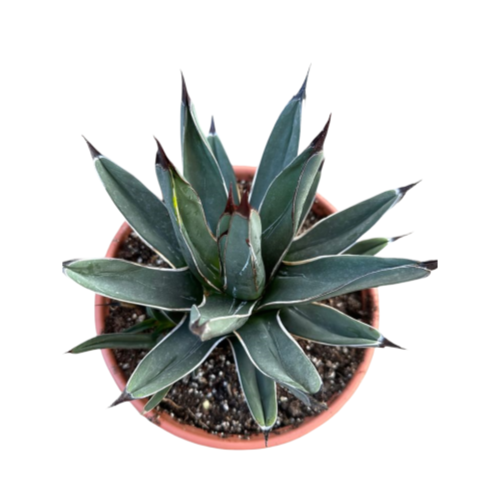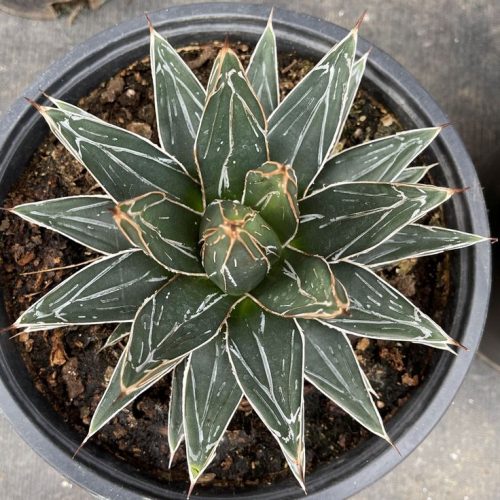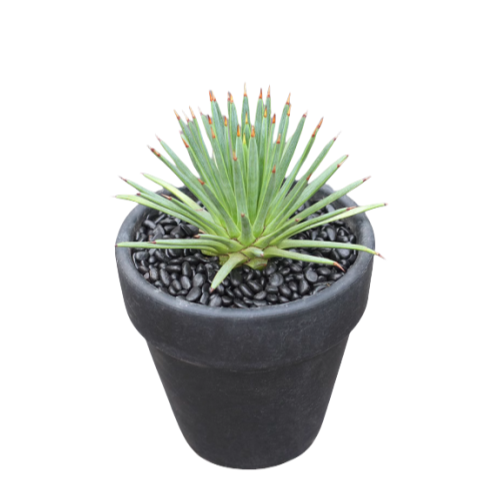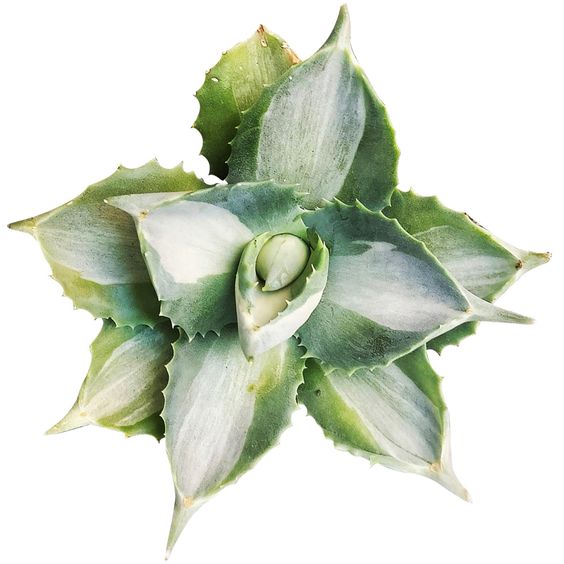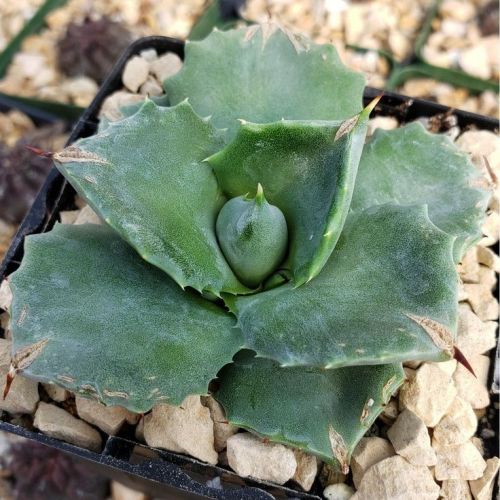Agave fifera
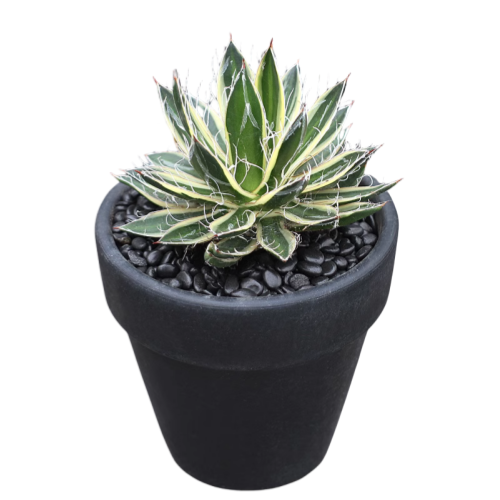
- Botanical Name: Agave fifera
- Family Name: Asparagaceae
- Kakau: 1-3 Feet
- Te pāmahana: -5°C ~10°C
- Others: Likes light, drought-resistant, less water
Tirohanga whānui
Whakaahuatanga Hua
Agave Filifera: Ko te kaitiaki huatau o nga kari orid
Agave Filifera: Ko te Silken Silken Shiner
Taonga whenua
Ka mohiotia a Pūtaiao Agave fifera Ko Salm-Dyck, i ahu mai i nga rohe maunga o Querétaro, Mexico. Ko tenei tipu he mema whakapehapeha o te Asparagaceae Whanau, motuhake i roto i te puninga Agaveace, e whakamanamana ana i te taonga nui mai i tona whenua taketake.
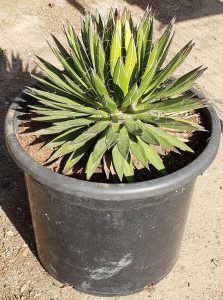
Agave fifera
Karauna o te whakakii
Agave fifera hanga he uaua, he rosette stemless kua whakapaipai ki nga rau matomato hohonu, e whakaatu ana i nga tohu filtigree ma me te hopu i nga taapiri ma i nga taha. Ko te rosette e peke ana ki te 65 henimita i te diameter ka puta mai i te taha o tona turanga. Ko nga rau-ahua o nga ra ka tae atu ki te roa ki te 40 henimita me te whanui o te 5 henimita, te kore o te tuuruhi, hina.
Tuhinga o mua
The edges of the leaves are adorned with decorative white, filamentous hairs that elegantly left from the margins, adding to its beauty and making it one of the plant’s most distinctive features. The leaves are devoid of marginal teeth but are capped with an extremely sharp, main spine. The leaf color ranges from deep green to a coppery hue, complemented by the highly ornamental white filigree marks.
Agave Filifera: Ko te Ora Deapper Berway me te pa o te hiraka
Te tiaki tupato mo te tipu whakatipu
When it comes to caring for Agave filifera, the watering regimen is typically once every two weeks, with an eye on the plant’s leaf turgescence to signal the need for hydration during the winter months. During the growing season, a half-strength balanced fertilizer can be applied monthly, but the plant enters a dormant phase in winter, requiring no fertilization. Propagation is typically done through offsets, best performed in the spring or fall, ensuring the continuation of this desert dweller’s legacy.
He momo uaua me nga pareparenga maori
Agave filifera is a tough plant that rarely encounters pest or disease issues, making it a low-maintenance addition to any garden. However, it’s essential to keep an eye out for scale insects, which can occasionally target this species. Its natural resilience to such threats is a testament to its adaptability in arid environments, making it a favored choice for rock gardens, succulent collections, and Mediterranean-style landscapes.
The Charm of Agave filifera” People are drawn to Agave filifera for its unique blend of beauty and resilience. The plant’s silvery filaments and deep green leaves create a striking contrast that adds texture and interest to any garden. Its ability to thrive in a variety of conditions, from full sun to partial shade, makes it a favorite among those seeking low-maintenance yet visually impressive plants.
Kaitohu Scene i roto i nga whenua
Agave filifera is a versatile plant that finds its way into a variety of applications. It’s a standout in xeriscaping, where its water-wise nature is a perfect fit. It’s also a popular choice for rock gardens, where its form complements the ruggedness of stones. In Mediterranean-style gardens, Agave filifera brings a touch of authenticity with its origins in mind. Additionally, it’s not uncommon to see this agave gracing modern container gardens or as a solitary specimen in minimalist landscapes, where its architectural presence commands attention.
In summary, Agave filifera is more than just a plant; it’s a statement piece that brings a touch of the desert to any setting, earning its place as a beloved feature in diverse garden designs.





